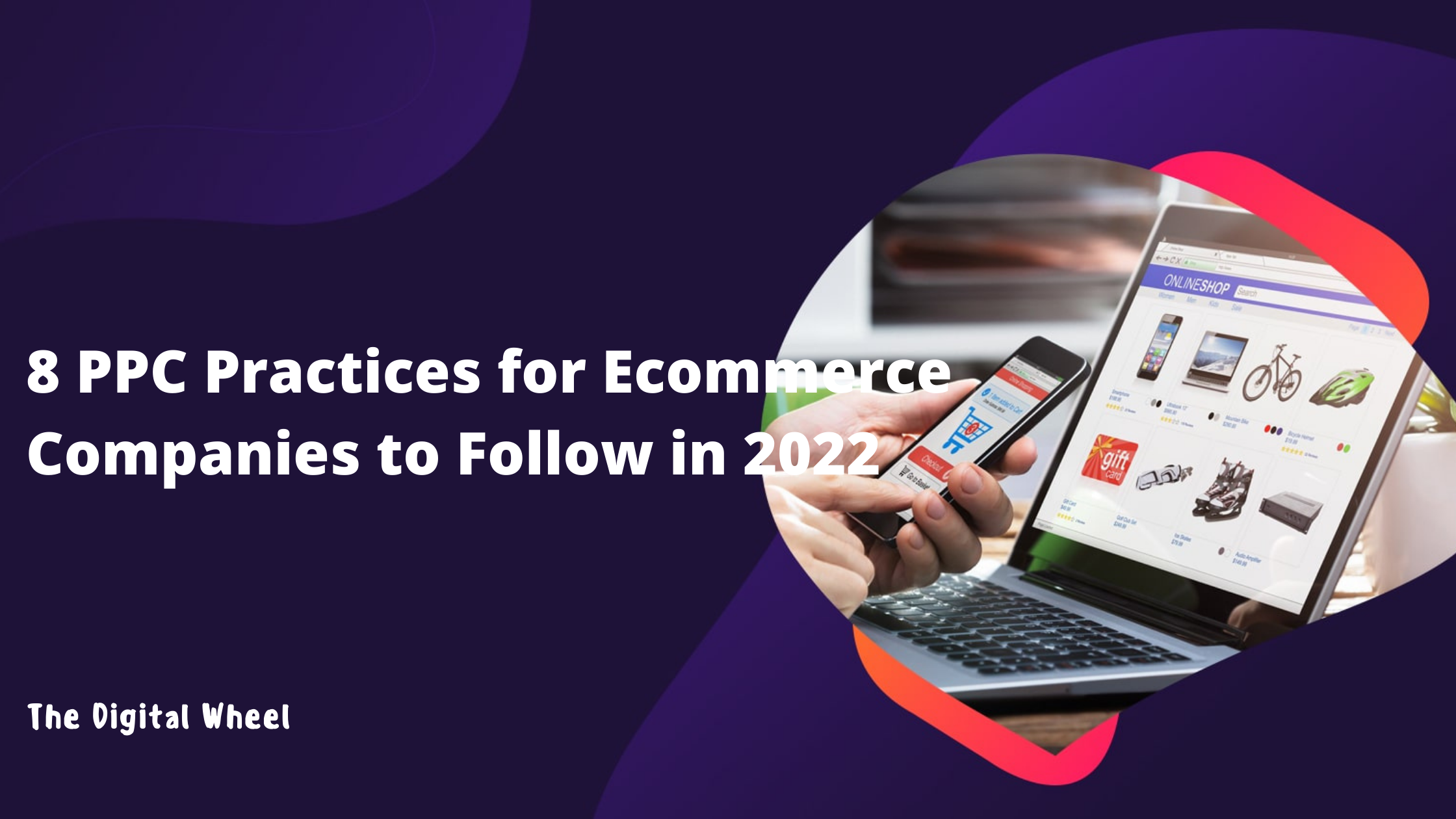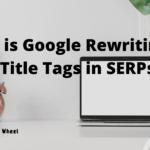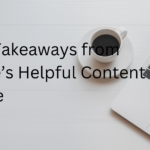Do you want to learn PPC for ecommerce companies and showcase your online store to 2.14 billion global digital buyers worldwide? We’ve put together this guide of ecommerce PPC advertising for you to follow.
Given the fact that $1.16 is the lowest average CPC for paid traffic in the ecommerce space, making it some of the cheapest in the industry. Online retailers need to acquire potential customers even if their brand lacks visibility at the top of SERPs.
This article is essential if you own an online store as ecommerce PPC campaigns are an integral part of any advertising campaign.
PPC for ecommerce businesses
Optimize your product pages
Optimize your product pages by writing a great product title. See what your audience is searching online and add relevant keywords in the title tag.
Extract the keywords relevant to your products, and follow the same practice for descriptions too. Creating relevant, unique meta descriptions will help in your organic marketing efforts as well as this tip always lies amongst the best SEO practices for businesses.
The following ad is a great example of title and description using relevant terms like men’s jackets and outers, fleeces, and new arrivals. Moreover, the brand also highlights the free shipping clause for orders of $100 and above alongside other rewards for subscribing.

Update your product pages
Your product pages are never off for weekend offs as your customers can hop in any time, and they wouldn’t want outdated product descriptions for the products they want.
Also, your pages should display clean, professional product photography and videos indicating that the products are original and appropriately managed.
Be vigilant to highlight the noticeable benefits like free and fast shipping, cash on delivery, discounts and bundle offers, etc., and add a review section on the page.
Create personalized advertising messages
Personalization and targeted messaging can play a significant role in the success of your ecommerce PPC advertising. In doing so, you tend to attract users from different demographics, also that personalized messaging will only complement your SEO efforts.
Gen Z users react differently to certain paid ads than how boomers or people from different industries see them. Therefore, try to personalize your PPC campaign messages and avoid using generalized terms to add as much value in the ad content as possible.
The following example is an ad for ecommerce businesses. See that the description contains industry terms like purchase intent, dynamic bidding, etc., and a CTA reasoning.

Run active campaign tracking
You’re paying for each click you receive, and you need to learn how well your campaign is performing at the granular level.
The first few hours and days after your campaign goes live is vital as the acquired data through conversion rate, CPC, bounce rate, and more will indicate if you’ve chosen the right keywords and audience.
If your PPC campaign isn’t faring well, you can go back and tweak the settings, which is why marketers always have the liberty to use PPC marketing as a dynamic and versatile tool to track performance at any time.
Implement brand and non-brand keyword segmentation
Shopping ads are used on a product-centric bidding model. In other words, Google’s auction decides what products will be displayed in a particular SERP.
Unfortunately, this case prevents retailers from optimizing as they cannot bid differently on a customer as per each stage in their buying journey.
Still, you can use keyword segmentation via shopping setting, campaign priority, and exercise control on how much you want to bid on different kinds of queries.
For example, if you’re using the same product in different shopping campaigns, you can decide which campaign should go up for auction for that particular product.
You can set the campaign at high, medium, or low priority, and understandably, the campaign with the highest priority will enter the auction.
Create a shopping keyword segmentation chart similarly by creating three campaigns of the same product. At the same time, the priority settings will act as a funnel and use negative keywords to filter for more specific keywords.
Here is a shopping keyword segmentation table as an example.
| Campaign | Search Queries | Priority | Negative Keywords | Bid |
| Non-brand | Non-brand terms | High | Brand terms | Medium |
| Catch all | Irrelevant non-brand terms | Medium | Brand terms | Low |
| Brand | Brand terms | Low | High |
Target the less common audience
In-tool features like demographics, retargeting, and customer match have proven to be a real game-changer for search engines like Google and Bing.
Advertisers can customize their messaging, change bids, and narrow down their focus on specific preferences.
Either you’re running a content and SEO agency or a retail business next door, you can hunt down your audience as Google can precisely locate people willing to make a purchase.
If you’re a realtor, you’d obviously add an audience of people looking for real estate companies. Nonetheless, do note that your competitors are doing the same thing.
Consider finding out what else your audience likes and target accordingly.
For example, suppose you’re running a cake shop, you can also target people who want to buy custom-made cakes for their loved ones wedding/engagement anniversary (besides the more common birthdays); corporate folks celebrating job achievement milestones, opening of a new office; and so on.
Or a fitness club, try targeting users looking to purchase organic food items and supplements.
There are plenty of tools to help you sniff around in detail, use the Audience Insights section in the audience manager to understand what your audience likes compared to the rest of the market segment.
Use local inventory ads
Around 80% of buyers will go in-store when the retailer has an item they want to purchase. You can use local inventory ads to address such expectations of in-store product availability.
The ad format should capture the visitors’ attention by highlighting the product available at the nearest stores.
Local inventory ads mainly include local intent, i.e., near me, for users located in that particular locality. When users click on the ad, they’ll be directed to a Google-hosted local page.
A great local storefront page will contain a customized product description, product image, your website links, contact number, store operations hours, and a map with directions to your store.

Although the ad doesn’t include all the elements we listed above, the right keywords in the content like men’s footwear, best shoes for men, etc. and the contact number is enough to grab the attention of interested visitors and get a click.
Related content: Local SEO for Small Businesses in 2021: A Comprehensive Guide
Leverage dynamic search ads as an asset
Using dynamic search ads to extend your keyword list at a lower cost is another one of the PPC best practices for ecommerce companies.
If you’re already running PPC for your online retail, you might know that the most sensible keywords are also the most expensive and least lucrative.
An old-school fact states that 15% of daily searches aren’t new to Google. So although you can find the most logical keywords through the broad match with a higher CPC, let the dynamic search ads do the legwork.
When using dynamic search ads, this is what you need to do:
- Optimize your ad copy efficiency by segmenting each section of your site into its own ad groups. Remember, pages and URLs are your keywords.
- Use negative keywords to prevent your DSAs from appearing on irrelevant pages like privacy policy, careers, etc.
- Use the entire set of relevant extensions as you would for a regular keyword targeting campaign.
- Try to spend most of your copy time optimizing for people; meanwhile, the search engine will do the keyword picking job.
- Use effective bidding features like eCPC, ROAS/CPA, etc., to further strengthen your DSAs.
Thoughts!
With the post-pandemic global industry clear in sight, more customers across the globe are going to turn towards online shopping and great user experiences. And the above PPC best practices for ecommerce companies are up for grabs.



